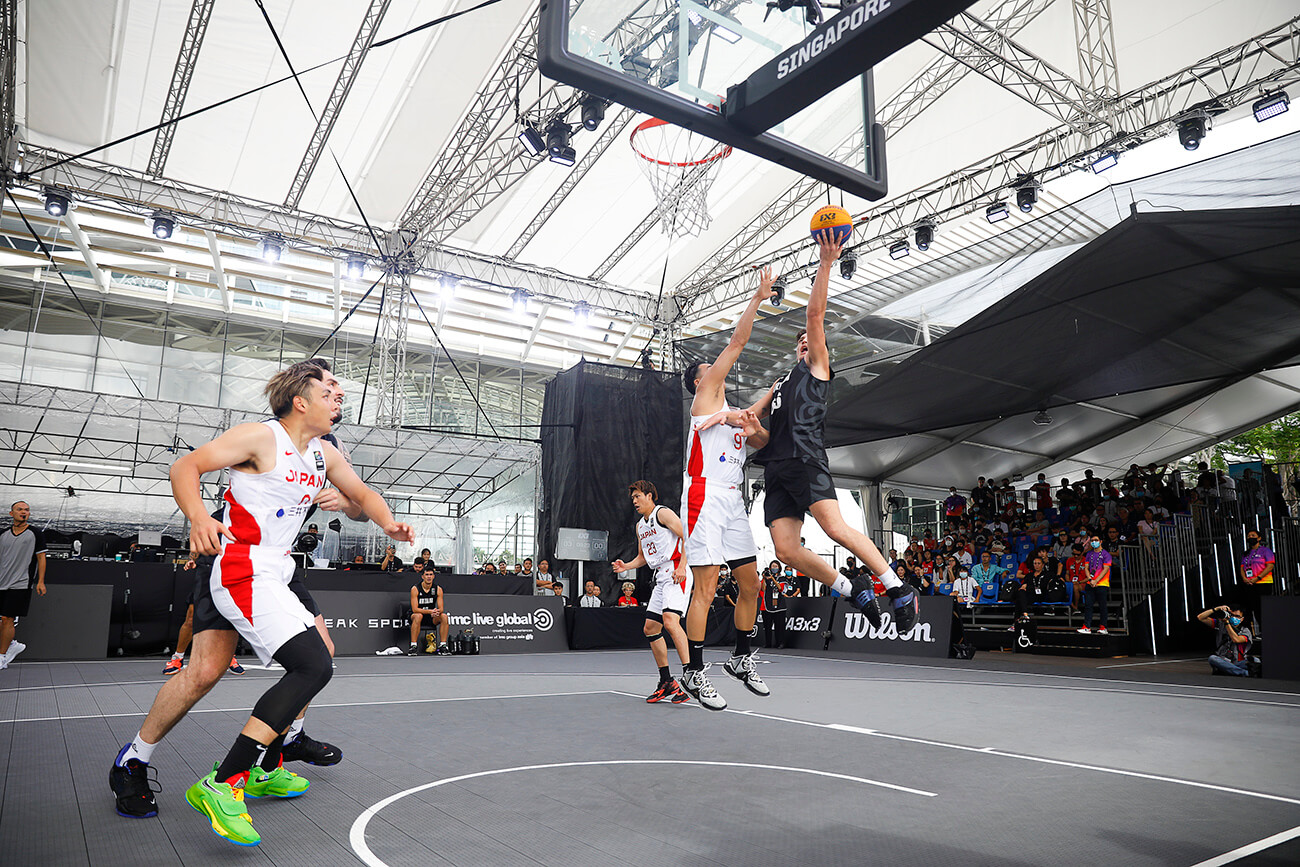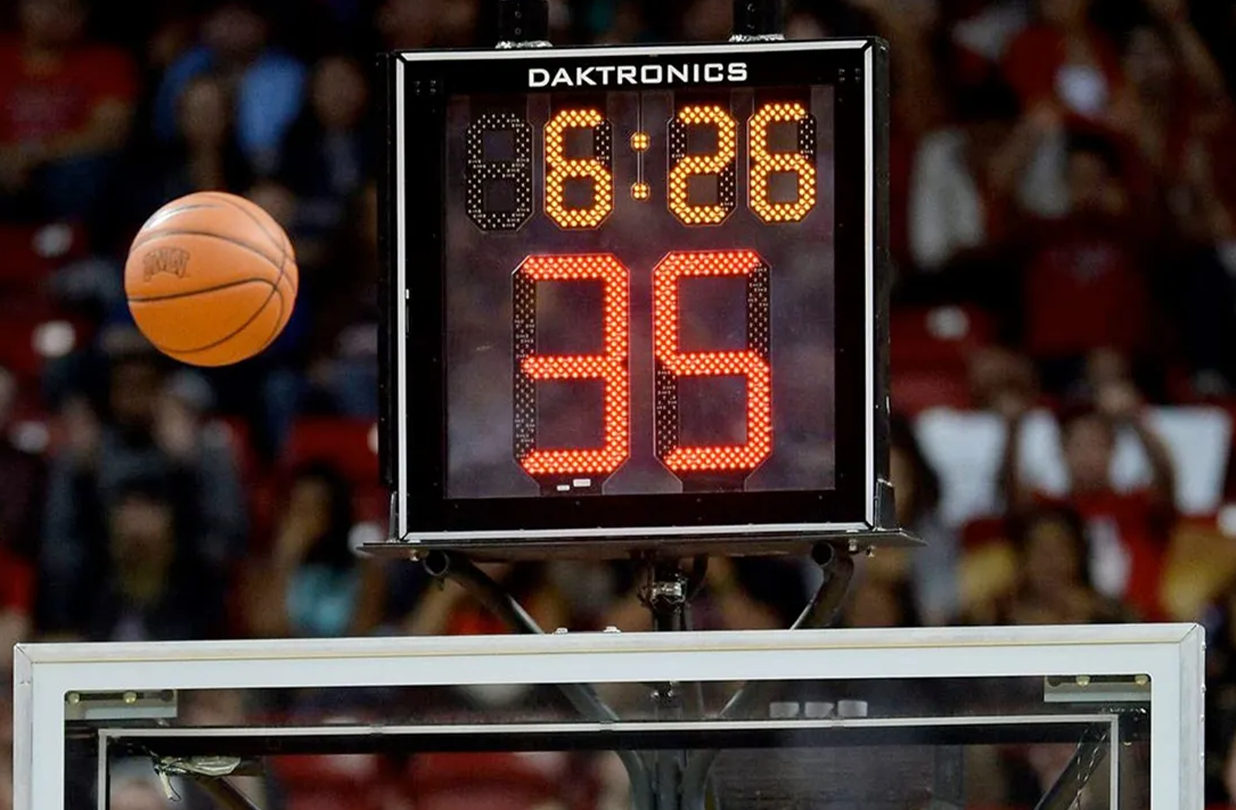Once a niche pastime invented in the 1960s, pickleball has surged in popularity worldwide, merging elements of tennis, badminton, and ping-pong into a fast-paced yet accessible sport. Played on a smaller court with a perforated ball and paddles, it appeals to all ages and fitness levels. Communities across the U.S., Australia, and parts of Europe have embraced it for its social nature and minimal learning curve, making it one of the fastest-growing sports globally.
Experts in sports development attribute pickleball’s success to its inclusivity and low barrier to entry. In line with E-E-A-T (Experience, Expertise, Authoritativeness, Trustworthiness), certified coaches and sports organizations have helped legitimize the sport through clinics, tournaments, and structured rules. Its growth is also bolstered by coverage from sports medicine professionals who highlight its health benefits, including improved cardiovascular endurance, agility, and joint mobility—especially for older adults.
What began as a backyard game now boasts professional leagues, televised championships, and corporate sponsorships. Pickleball’s trajectory mirrors that of other major sports: grassroots enthusiasm, expert validation, and global expansion. As infrastructure improves and awareness grows, pickleball may very well become the defining casual-competitive sport of the decade.






